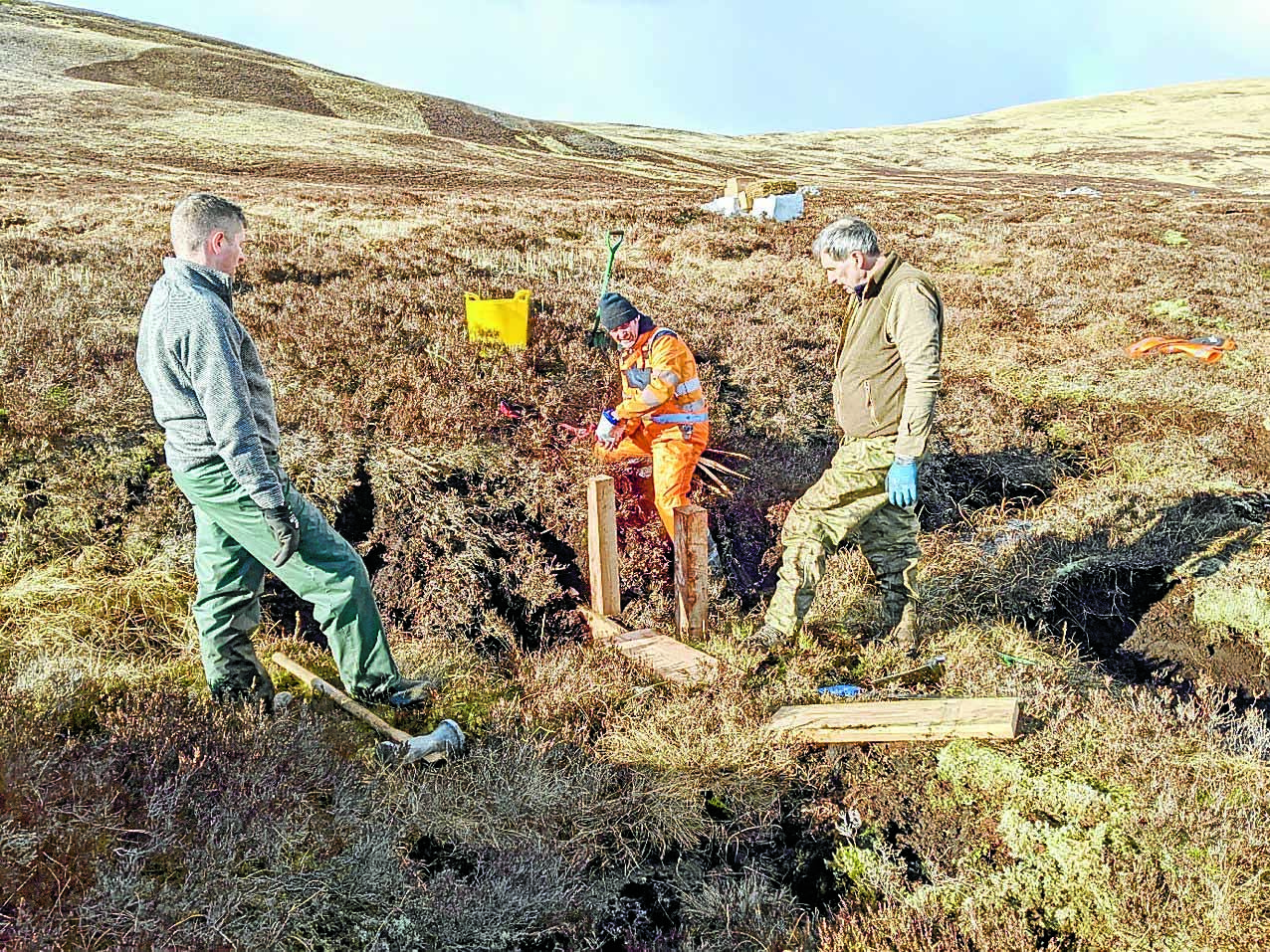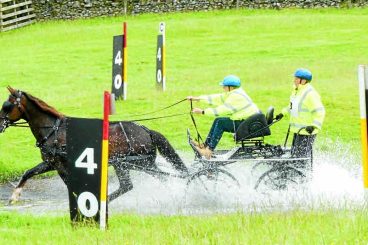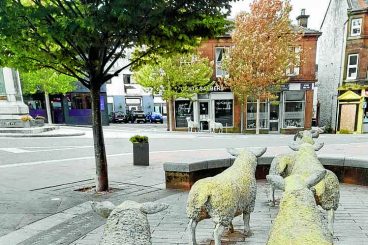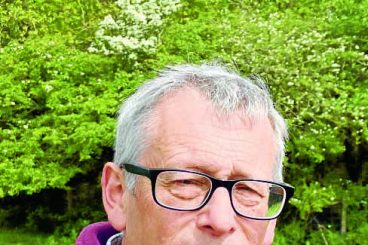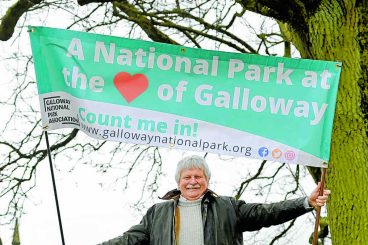A NEW partnership has been formed to undertake the restoration of peatlands across some of Scotland’s best-known landscapes.
Buccleuch, working with the Crichton Carbon Centre (CCC) in Dumfries, have undertaken an intensive exercise to map areas of potential deep peat on estates in the south of Scotland.
A detailed report is being drawn up by the CCC to be used within Buccleuch’s wider land use strategy and a programme of restoration and biodiversity enhancement is being planned for the next decade and beyond.
It has identified 28 sites where peatland can be restored. This is in addition to more than 150 hectares of peatland that has already been restored in the Scottish Borders.
Adrian Dolby, head of agriculture at Buccleuch, said: “We’re very pleased to be moving forward with our ambitions to restore peatlands alongside the Crichton Carbon Centre. In the last few years, peatland and its environmental importance has moved beyond a discussion between land managers and scientists and gained greater prominence with the public.
“In Scotland, it is estimated that peatland covers 20 per cent of the land, but around 80 per cent of this is degraded. This puts Scotland, and in turn Buccleuch, in a position where there is the potential to lock in huge quantities of carbon by restoring vast areas of peat. We also, however, face a situation where historic degradation must be addressed before the full positive impact of peatland restoration can be realised.
“Buccleuch has an understanding of the effort required to restore and manage peatland, and we take our environmental responsibilities into account in our wider land use discussions ensuring we make the right decisions for future generations.”
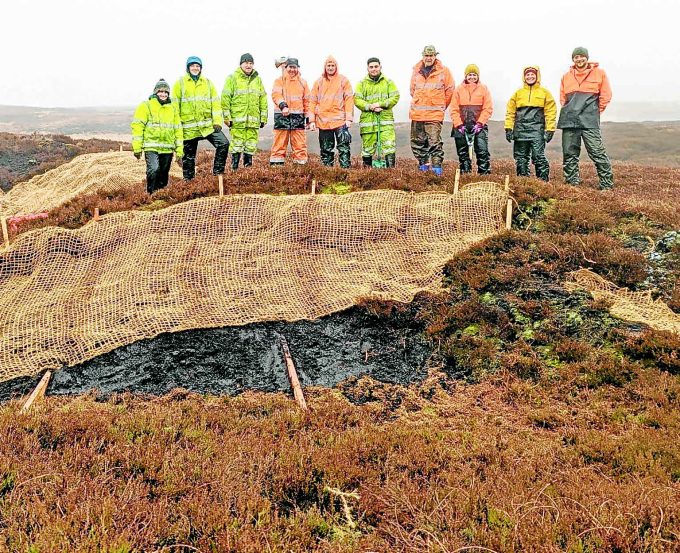
Meanwhile, a second phase of peatland restoration work has now been completed on Buccleuch’s Queensberry Estate at Thornhill.
It supported a new mentoring scheme to train individuals in bare peat restoration techniques as part of wider Peatland ACTION efforts to increase the skilled workforce for peatland restoration.
Eight applicants from across Scotland spent 12 days gaining practical training and experience in peatland restoration by hand. This included the installation of geotextile netting, coir logs and timber dams. Thought to be the first such programme in Scotland, Buccleuch chose to support the upskilling initiative which will be vital as Scotland looks to meet its ambition of restoring 250,000ha of peatland by 2030.
Dr Emily Taylor, from the Crichton Carbon Centre, said: “Buccleuch is taking its environmental commitment seriously and is facing the task of peatland restoration head on.”
“Working in partnership, we have been able to find the right solutions for the areas restored. The next few years will certainly be busy, but we have already seen change in the areas we have worked on, which is incredibly exciting for the future of the environment and biodiversity.”





